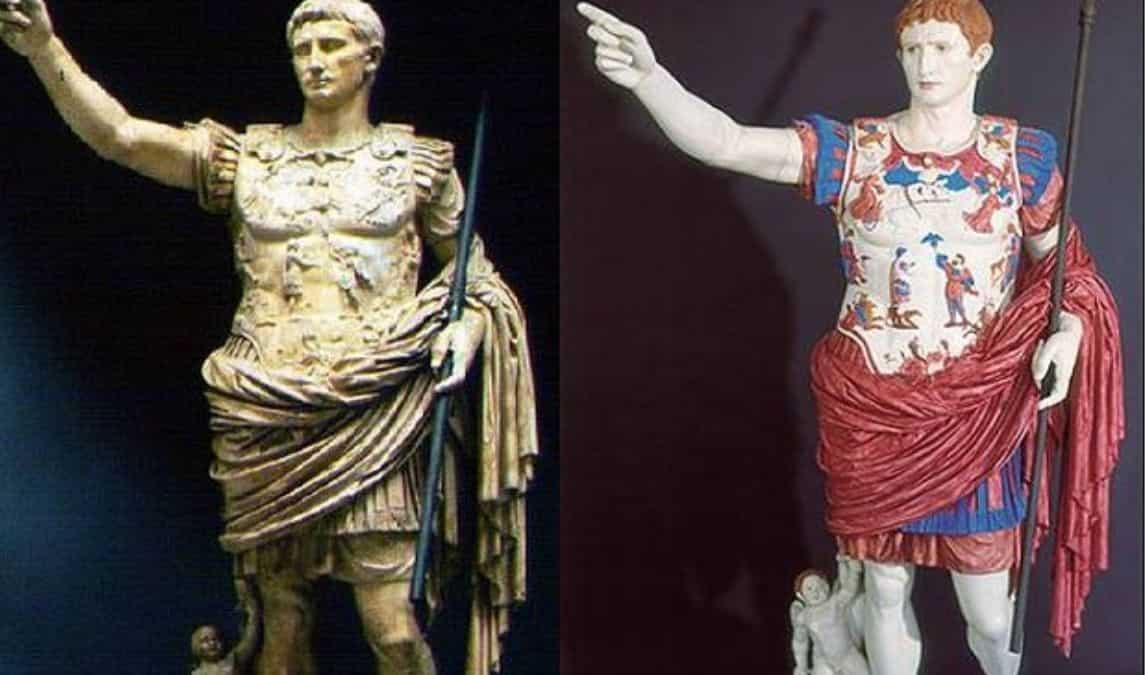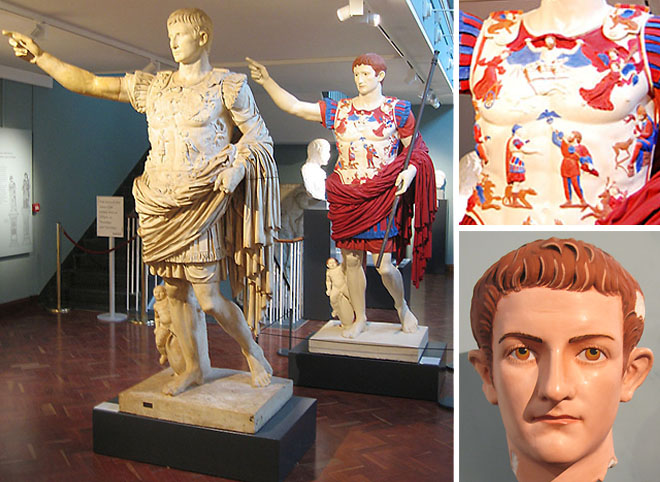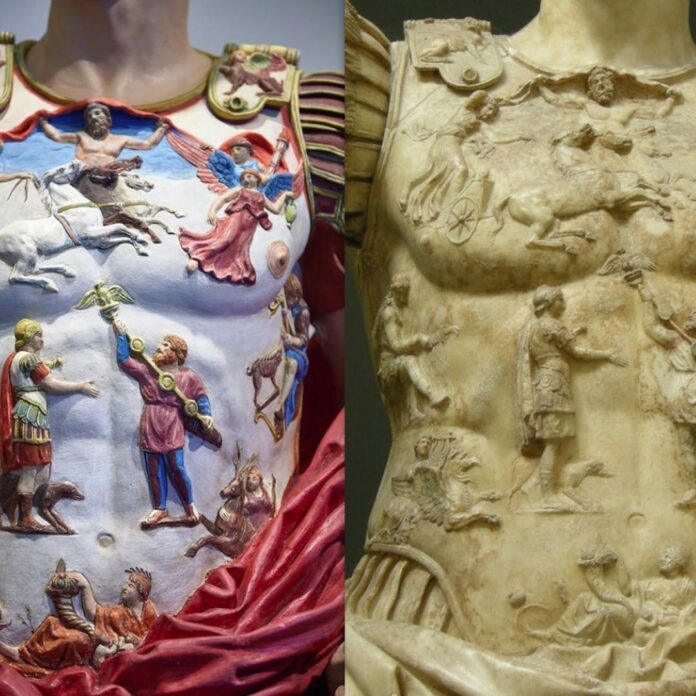The grandeur and artistry of Ancient Rome have long captivated the imagination of historians and enthusiasts alike. While the architectural marvels and iconic monuments of this era have endured the test of time, the true vibrancy of the ancient world is often obscured by the weathered, monochromatic appearance of its surviving statuary. However, recent advancements in technology have shed new light on the once-vibrant colors that adorned these timeless sculptures, revealing a hidden dimension of Rome’s cultural heritage.
The Art of Coloring Statues in Ancient Rome

In the ancient world, the application of color to statuary was a meticulous and intricate process. The Romans, known for their mastery of various artistic mediums, employed a unique technique that involved melting pigments in wax and then applying the mixture directly to the surface of the sculptures. This method not only infused the marble with a rich, long-lasting hue but also served to protect the material from weathering and discoloration.
The Enduring Legacy of Augustus of Prima Porta
One of the most renowned examples of this colorful ancient artistry is the statue of Augustus of Prima Porta. This iconic work, depicting the first Roman emperor in a pose of regal authority, has long been admired for its technical excellence and historical significance. However, it is only in recent years that the true extent of its visual splendor has been uncovered.
Rediscovering the Hidden Hues

Thanks to the application of modern ultraviolet photography, researchers have been able to detect imperceptible fragments of color that had been concealed on the surface of the Augustus statue for centuries. These subtle traces of pigment, once invisible to the naked eye, have provided invaluable insights into the original appearance of the work, shedding light on the vibrant aesthetic sensibilities of ancient Roman artisans.
The Significance of Polychrome Statuary
The rediscovery of the Augustus statue’s hidden hues has profound implications for our understanding of ancient Roman art and culture. The use of color in statuary was not merely a decorative embellishment but rather a deliberate artistic choice that imbued these works with deeper symbolic meaning and emotional resonance. By uncovering these long-obscured details, scholars can now better appreciate the holistic vision and creative genius of the ancient Roman sculptors.

The vibrant colors that once adorned the statues of Ancient Rome have long been lost to the ravages of time, leaving behind a monochromatic legacy that fails to capture the true essence of the ancient world. However, the ongoing efforts of researchers and the application of modern technology have breathed new life into these timeless masterpieces, revealing a hidden dimension of Roman artistry that had been shrouded in darkness for centuries.
As we continue to uncover the secrets of the past, the rediscovery of the Augustus statue’s polychrome grandeur stands as a testament to the enduring power of human creativity and the endless wonders that await us in the annals of history.
